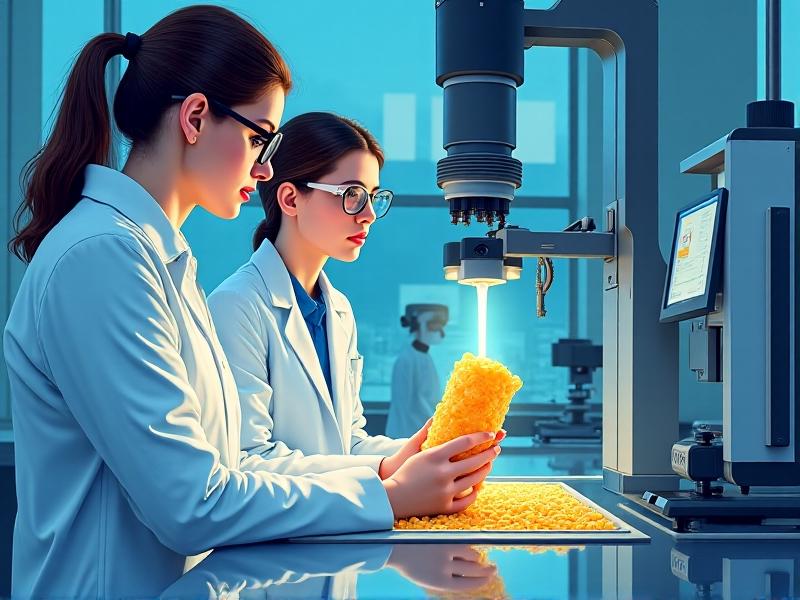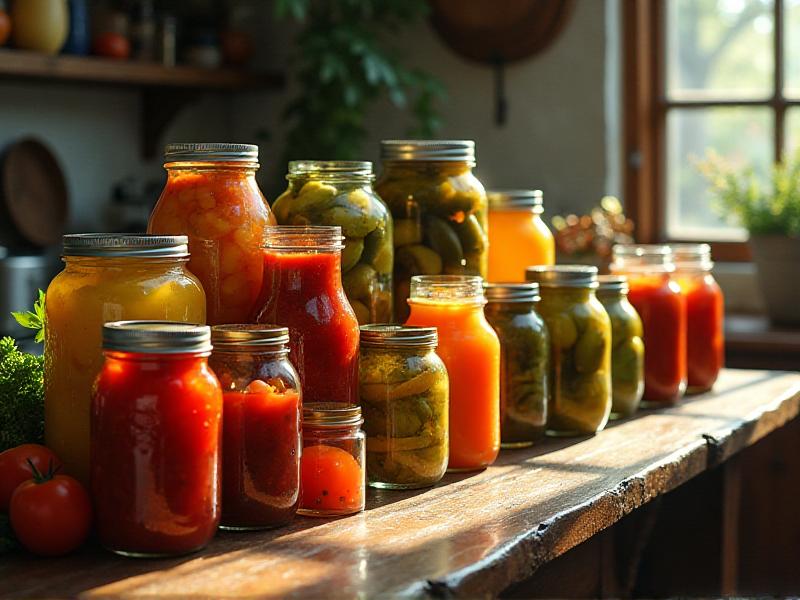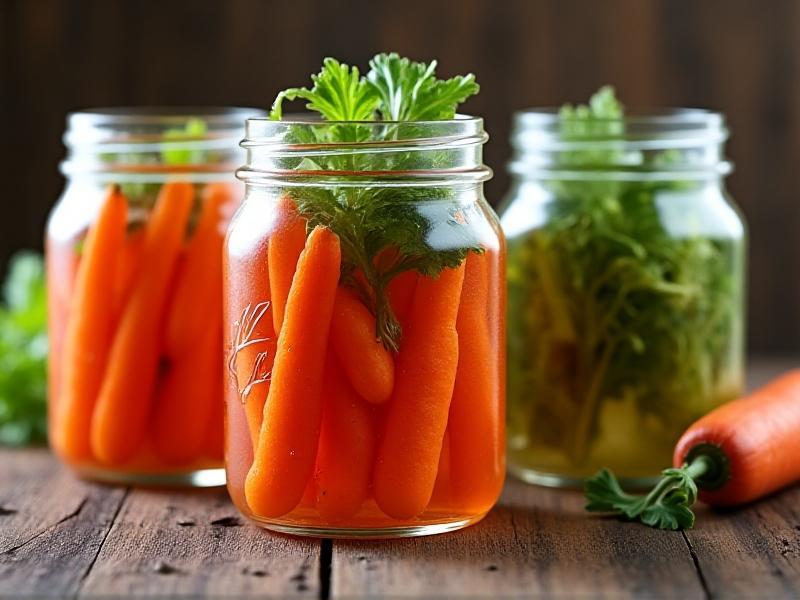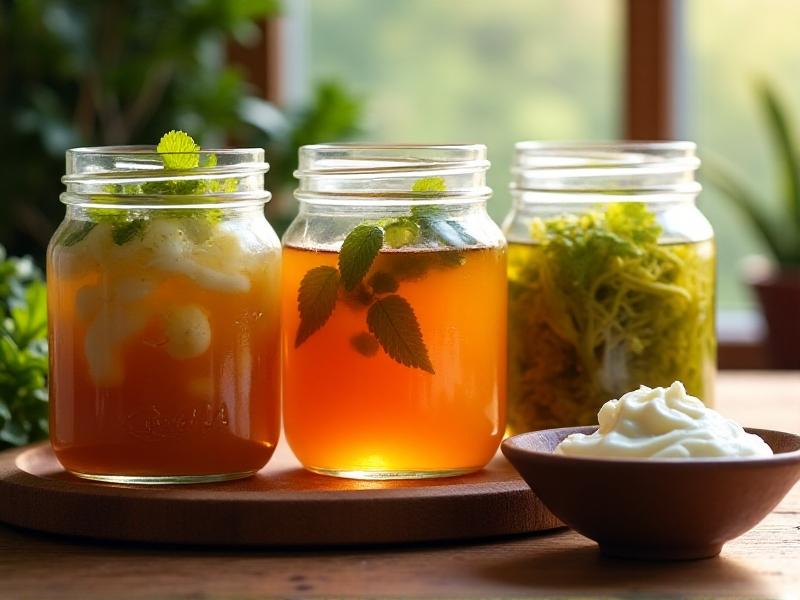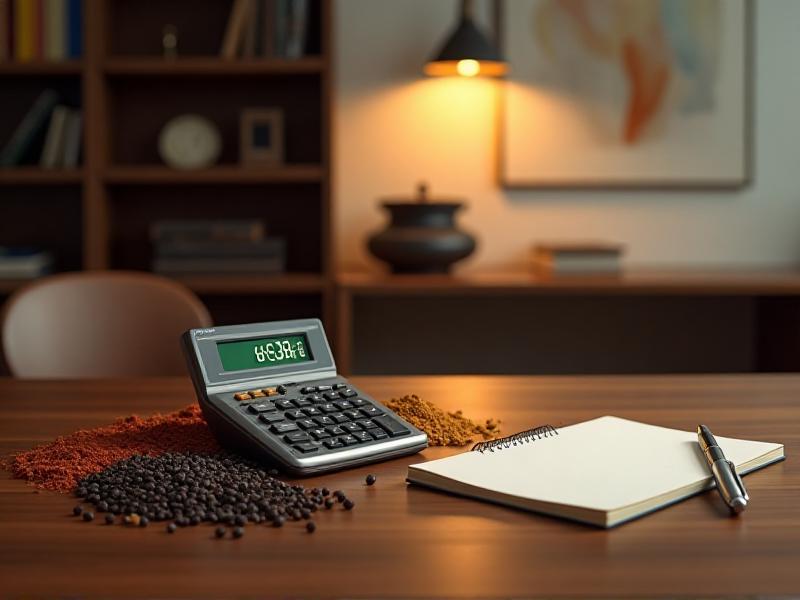Anaerobic Environment Setup for Superhot Peppers
Understanding the Anaerobic Environment
Creating an anaerobic environment for superhot peppers involves setting up conditions where oxygen is limited or absent. This environment is crucial for certain stages of pepper growth, particularly during fermentation or seed germination. Anaerobic conditions can enhance the flavor profile of peppers, making them spicier and more complex. To achieve this, you need to understand the science behind anaerobic respiration and how it affects plant metabolism. The process involves using airtight containers, reducing oxygen levels, and monitoring the environment to ensure optimal conditions. By mastering the setup, you can unlock the full potential of your superhot peppers.
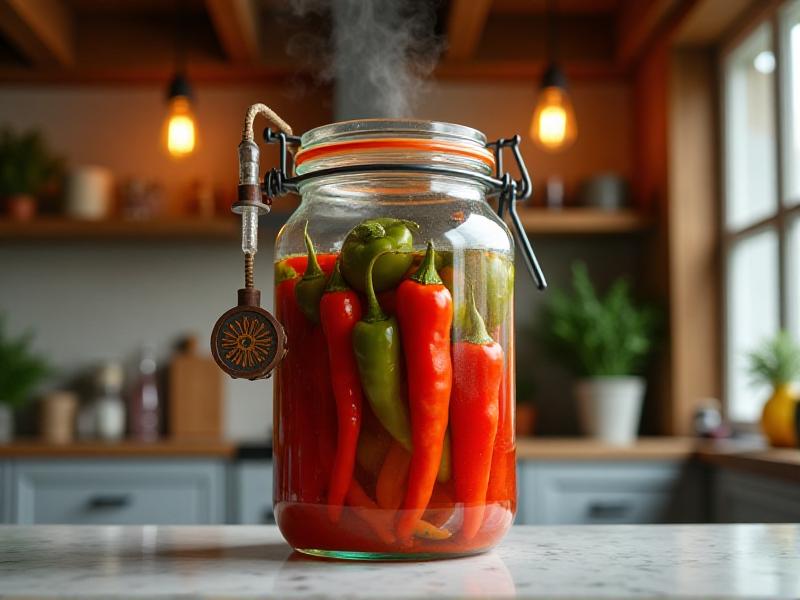
Choosing the Right Containers
Selecting the appropriate containers is a critical step in setting up an anaerobic environment. Glass jars with airtight lids are ideal for small-scale setups, as they allow you to monitor the peppers without exposing them to air. For larger operations, food-grade plastic buckets with tight-sealing lids can be used. Ensure the containers are clean and sanitized to prevent contamination. Airlocks are also essential, as they allow gases produced during fermentation to escape while preventing oxygen from entering. Choosing the right container not only ensures the success of your anaerobic setup but also maintains the quality and safety of your superhot peppers.
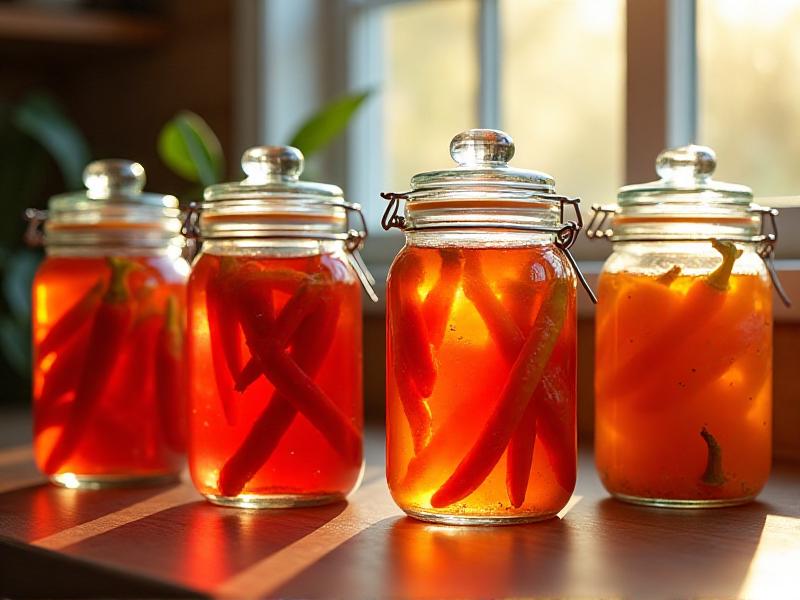
Preparing the Peppers for Anaerobic Conditions
Before placing your superhot peppers in an anaerobic environment, proper preparation is essential. Start by washing the peppers thoroughly to remove any dirt or pesticides. Depending on your goal—whether it’s fermentation or seed germination—you may need to slice, chop, or leave the peppers whole. For fermentation, creating a brine solution with water and salt is crucial, as it inhibits the growth of harmful bacteria while promoting the growth of beneficial microorganisms. Ensure the peppers are fully submerged in the brine to prevent mold growth. Proper preparation ensures that your peppers thrive in the anaerobic environment, resulting in a successful and flavorful outcome.
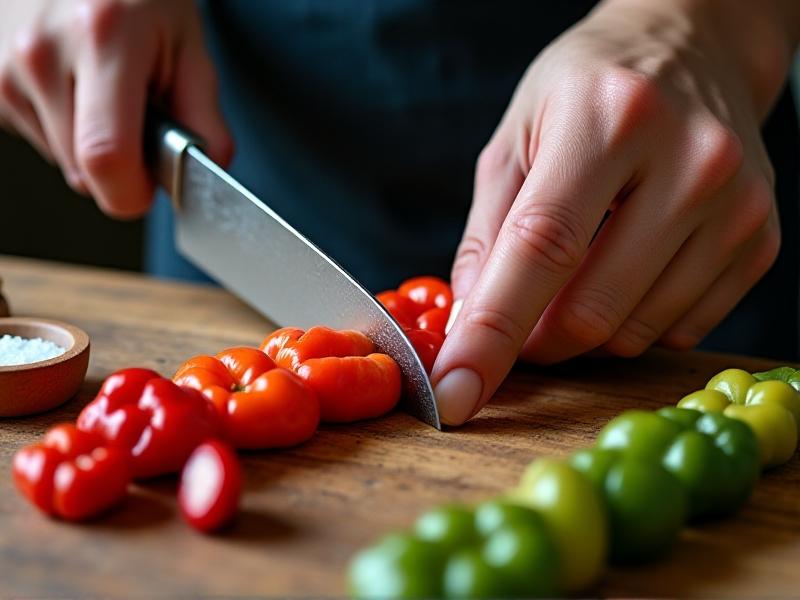
Monitoring and Maintaining the Environment
Once your superhot peppers are in the anaerobic environment, consistent monitoring is key to success. Use a pH meter to ensure the acidity levels remain within the safe range, typically between 3.5 and 4.5 for fermentation. Check for signs of mold or unusual odors, which could indicate contamination. If you’re fermenting, burp the containers regularly to release built-up gases. For seed germination, maintain a stable temperature and humidity level. By staying vigilant and making adjustments as needed, you can ensure that your peppers develop the desired characteristics and remain safe for consumption or planting.
Harvesting and Utilizing Anaerobic Peppers
After the anaerobic process is complete, it’s time to harvest and utilize your superhot peppers. For fermented peppers, strain the brine and store the peppers in airtight containers in the refrigerator. They can be used in sauces, salsas, or as a spicy addition to dishes. If you’ve germinated seeds, carefully remove them from the anaerobic environment and plant them in soil. Proper storage and utilization ensure that the unique flavors and characteristics developed during the anaerobic process are preserved. Whether you’re a culinary enthusiast or a gardener, anaerobic peppers offer a versatile and exciting way to enhance your projects.
Common Challenges and Troubleshooting
Setting up an anaerobic environment for superhot peppers can come with its share of challenges. Common issues include mold growth, off-putting odors, and inconsistent fermentation. To address these problems, ensure your containers are thoroughly sanitized and the peppers are fully submerged in the brine. If mold appears, discard the affected peppers and clean the container before starting over. For odors, check the pH levels and adjust the brine concentration if necessary. Inconsistent fermentation can be caused by fluctuating temperatures, so maintain a stable environment. By understanding these challenges and knowing how to troubleshoot them, you can achieve a successful anaerobic setup and enjoy the fruits of your labor.
Exploring Creative Uses for Anaerobic Peppers
Anaerobic superhot peppers open up a world of creative possibilities. Beyond traditional uses like hot sauces and salsas, consider incorporating them into unique recipes such as fermented pepper jams, spicy pickles, or even infused oils. For gardeners, anaerobic peppers can be used to create custom seed blends or hybrid varieties. Experimenting with different techniques and recipes allows you to fully explore the potential of these peppers. Whether you’re a chef, a foodie, or a gardening enthusiast, anaerobic peppers offer endless opportunities for innovation and experimentation. Embrace the process and let your creativity guide you to new and exciting culinary and horticultural adventures.
